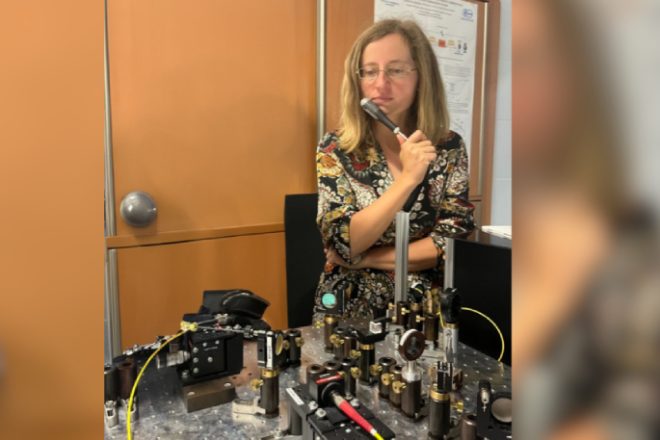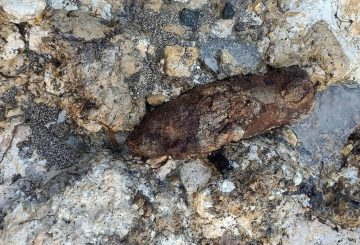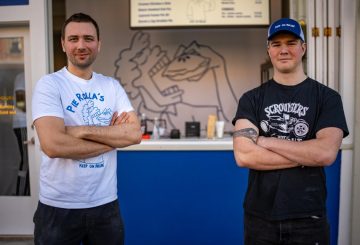Trí tuệ nhân tạo (AI) có thể cách mạng hóa cách chúng ta theo dõi sức khỏe của mắt bằng cách tạo ra hình ảnh rõ ràng hơn và cắt giảm các kỳ thi đắt tiền. Tiến sĩ Sylwia Kolenderska, Điều tra viên Nghiên cứu Cao cấp về Vật lý tại Đại học Canterbury, có kế hoạch sử dụng AI để làm cho chụp cắt lớp kết hợp quang học (OCT) dễ tiếp cận hơn.
OCT là một kỹ thuật hình ảnh dựa trên ánh sáng được sử dụng trong đánh giá sức khỏe của mắt. Nó tạo ra hình ảnh bên trong ba chiều của mắt, tương tự như siêu âm nhưng với ánh sáng. Tuy nhiên, máy OCT độ phân giải cao rất tốn kém, khiến chúng nằm ngoài tầm với của nhiều nhà nghiên cứu và bác sĩ lâm sàng.
Tiến sĩ Kolenderska nhận thấy rằng xử lý dữ liệu là một vấn đề với những máy đắt tiền này. Mặc dù chúng tạo ra hình ảnh chất lượng tốt, những hình ảnh này không có sẵn ngay lập tức. Chúng cần được tính toán từ các tín hiệu thô, làm chậm quá trình.
Tiến sĩ Kolenderska đã nhìn thấy một cơ hội để cải thiện các máy rẻ hơn tạo ra hình ảnh chất lượng thấp hơn. Cô đề xuất sử dụng mạng nơ-ron – một thuật toán học các mẫu giống như não người bằng cách phân tích dữ liệu – để thay thế các thuật toán tiêu chuẩn để tính toán hình ảnh OCT. Điều này sẽ tạo ra một hình ảnh tức thì và sắc nét hơn.
Tiến sĩ Kolenderska giải thích: “Chúng tôi có thể lấy một máy rẻ hơn với độ phân giải kém hơn và áp dụng công nghệ của riêng chúng tôi, giống như bản cập nhật phần mềm, để biến dữ liệu có độ phân giải thấp thành hình ảnh có độ phân giải cao tương đương với các máy OCT rất đắt tiền. “Trong tương lai, nó có thể được chế tạo thành phần cứng và gắn vào máy OCT như một thanh USB.”
AI rất tuyệt vời để tìm kiếm mối quan hệ giữa các tập dữ liệu khác nhau, làm cho nó trở thành một trình thông dịch dữ liệu mạnh mẽ hơn và tăng cường quá trình tính toán hình ảnh. Tiến sĩ Kolenderska tin rằng chất lượng hình ảnh có thể tốt hơn gấp sáu lần so với hình ảnh hiện tại.
Tiến sĩ Kolenderska và nhóm của cô đã được chấp nhận tham dự Triển lãm Nhận dạng Mô hình và Tầm nhìn Máy tính uy tín 2024. Họ là một trong mười đội New Zealand duy nhất có mặt trong lịch sử 41 năm của sự kiện này. Để tiếp tục công việc của mình về hình ảnh OCT, Tiến sĩ Kolenderska đã nhận được khoản tài trợ Ý tưởng thông minh trị giá 999,999 đô la từ Quỹ Endeavour của Bộ Kinh doanh, Đổi mới và Việc làm năm 2023.




















































(1)-360x245.jpg)









